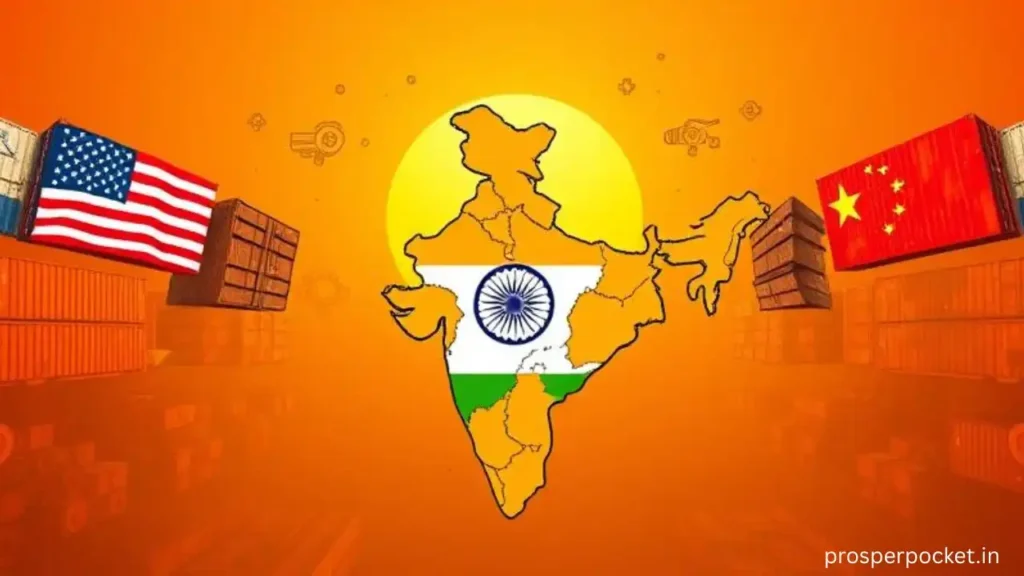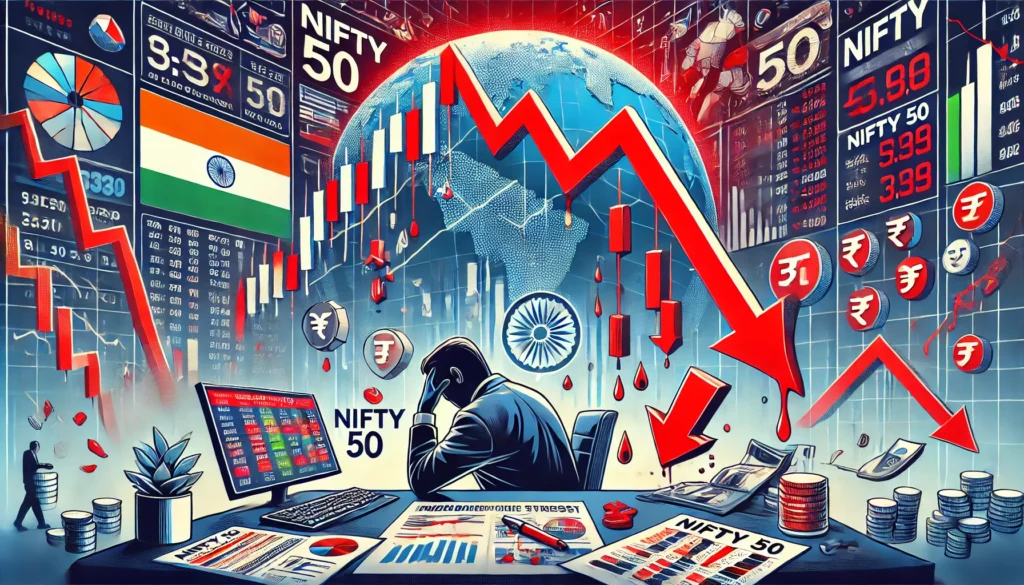While some nations took a more quiet approach to garnering the surplus of the US-China tariff war, India decided to take the loud approach that comes with exponentially layered risks.
Instead of focusing on international trade deals to garner profit, India took a strategic stance as an ally to the West and undertook the vision of positioning itself as a manufacturing super hub that counters China’s rule in Asia.
Walking the Tightrope
This is a tightrope India was prepared to walk on:
- Keeping the balance of economic relations with China on one end and the US on the other.
- Attracting the relocations of businessmen venturing out of China
- Building a wall to keep foreign competition out and protecting domestic industries and businesses
It has always been very tricky to control and strike the perfect policy balance between:
- Ongoing organized trade war with the US
- Rising geopolitical skirmishes along the borders with China
- Homegrown anti-globalization movements
A two-way player. Not in favor of one side. Not attacking another side. Just with a plan.
The U.S. Hit Back First
In 2019, Trump revoked India’s GSP (Generalized System of Preferences) status, which terminated duty-free access to $6 billion worth of Indian exports. In retaliation, India imposed tariffs on 28 American products, such as almonds, apples, and walnuts.
India, however, changed its strategy to focus on long-term relations instead of escalating tensions further.

India’s Long Game Moves
1. Defense & Diplomacy with the U.S.
- Formed deeper military relations through QUAD (Japan, Australia, and the U.S.).
- Captured key defense pacts, COMCASA, LEMOA, and BECA, into law.
- Marketed itself as one of the security providers in the Indo-Pacific regions.
2. Makeover Manufacturing: ‘Make in India’ Gets Teeth
- Introduced production-linked incentive (PLI) programs in electronics, pharma, and textiles.
- Apple, Foxconn, and other industry leaders declared new mid-state manufacturing facilities.
- Smartphones and chip boards manufactured in-country began to grow in scale.
3. Strategic Autonomy
- Declined the status of a pawn in the U.S.-China struggle.
- Coexisting trade relationships with China were maintained even during lethal border clashes.
- Imported crude oil from Russia, sophisticated defense materials from France, and semiconductors from Taiwan.
India’s Supply Chain Strategy: Yet to Advance
India’s trade benefits were comparatively lower than those of Vietnam or Mexico because of:
- Bureaucratic red tape
- Land acquisition issues
- Infrastructure lags
However, by 2024, India was making significant progress, particularly for electronics and defense manufacturing.
India stood no chance in the initial phase of the trade dispute. Although the country set itself up for the upcoming ten years.
India’s Strategic Scorecard
| Move | Outcome |
| Counter-tariffs + calm tone | Avoided escalation, showed strength |
| Aligning with U.S. on defense | Deepened Indo-Pacific partnerships |
| Production-linked incentives | Attracted Apple, Foxconn, Samsung, etc. |
| Strategic neutrality | Preserved relations with China and Russia |
Verdict: Playing for Power, Not Points
At first glance, it does not appear that India was Trump’s tariff war’s biggest beneficiary. From an alter-ego national interest perspective, it actually stands out as the most intriguing country in the long-game scenario. India, during the course of its history, managed to:
- Alter projections of its industrial growth potential
- Cultivate relations with the western powers.
- Maneuver great power politics without getting stuck or sunk.



